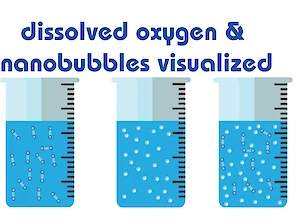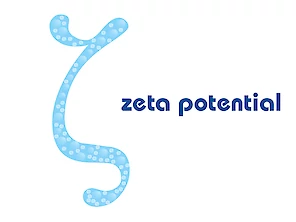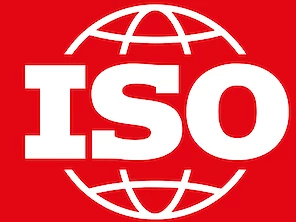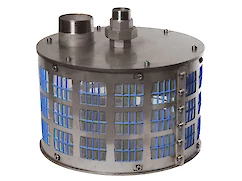particle

Links
9 Links to other pages: particle
cartridge filter 2~7μm for the ALT 9F17 to remove micro bubbles and particles before analyzing the number of nano-bubbles
cartridge filter 2~7μm with quick release fittings 6mm for the ALT 9F17 to remove micro bubbles and particles before analyzing the number of nano-bubbles
Low cost Ultrafine Bubble Monitoring ALT-9F17 system, to measure reliably the concentration of ultrafine bubbles (nanobubbles) in your water.
Nanobubbles movie, movie made with the Malvern NanoSight. Based on this movie the NanoSight internal software counts the number of bubbles to calculate the number concentration of bubbles and the bubble size.
There are various technologies to generate nanobubbles (ultrafine bubbles). This article gives an overview of the most used techniques, such as pressurized dissolution, static mixers, and rotational flow.
Interested to know why nanobubbles are officially called ultrafine bubbles? In this article we explain the reasons why the ISO technical committee has decided to use the official name ultrafine bubbles instead of nanobubbles.
The electrical properties of gas bubbles are important in determining the interaction of nano-bubbles if and when they merge together and how they interact with other materials such as solid particles or oil droplets. Knowledge about this helps application development in for example, protein skimmers, froth flotation, food processing, washing surfaces and purification.
Nanobubbles can be measured by the same technology as measuring small particles. You can measure bubbles by camera (count pixel size) or laser (count blackout time), also as a simple method to know number index, you can refer information of turbidity. When you measure UFB, most common way is to analyze Brownian Motion.
Great things happen when the world agrees, fine bubbles are an innovative technology, but without proper standards for the industry development, there are obstacles. From 2013 ISO started the creation of an International Standard for fine bubbles popularly know as nanobubbles.







